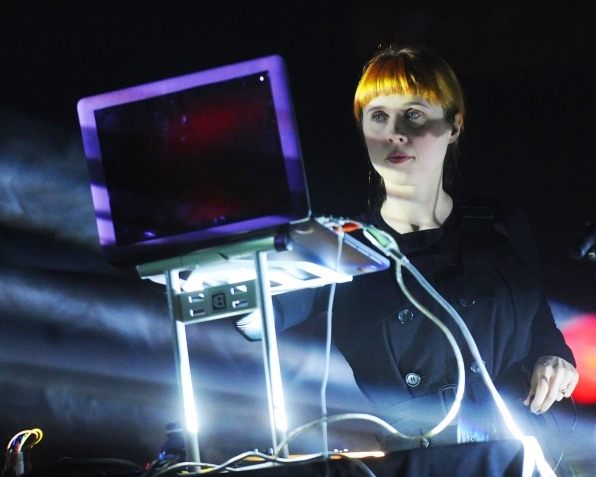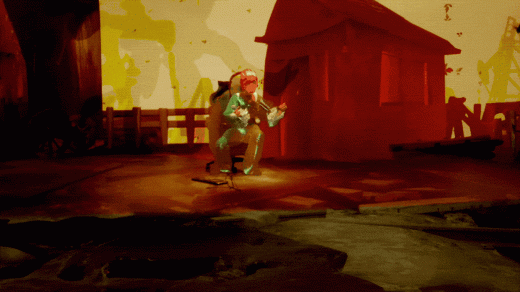Dolly Parton’s Jolene cover is a triumph of AI, artistry, and technical genius
There’s little doubt that Holly Herndon is a wonderfully talented musician and, well, a computer genius. Her latest single is perfect proof of that: a cover of Dolly Parton’s Jolene sung by Holly+, the deepfake AI voice she modeled after her own. The results are nothing short of extraordinary. I was blown away when I heard it, but judge for yourself.
Herndon’s journey into artificial intelligence is equally extraordinary. A programmer armed with a Ph.D. obtained at Stanford University’s Center for Computer Research in Music and Acoustics, the singer-scientist created a deep fake twin of herself last year. The Holly+ neural network is capable of processing any song to make it sound like she’s singing it, even while she’s not. This AI is the direct descendant of Spawn, the AI she and her partner Mat Dryhurst used to produce her 2019 album, Proto.
In broad strokes, Holly+ is not very different from the generative image AI that is capable of materializing images from an interpreted text prompt to synthesize a work of art that can look like almost any known artist on the planet. In the case of the artificial singer, it only has one artist style: Herndon. According to Pitchfork, “a modified score of ‘Jolene,’ comprised of new harmonies, was fed to Holly+ and then generated in Herndon’s voice. Accompanying the voice is Ryan Norris on guitar.”

The Berlin-based American musician—who is one of Fast Company’s Most Creative People—is not using AI just to mindlessly reprocess something but to create something new that follows an artistic vision. Herndon explained this perfectly back when she announced Holly+ back in July of 2021: “Vocal deepfakes are here to stay. A balance needs to be found between protecting artists, and encouraging people to experiment with a new and exciting technology. That is why we are running this experiment in communal voice ownership.”
Her musical version of DALL-E is a good example of how AI can be used to make something with true value and human sensibility, as opposed to just producing random stuff from a computer. It’s something that other artists, filmmakers, and creatives have told me in interviews: AI can be harnessed to expand creativity, not replace it.
(67)



